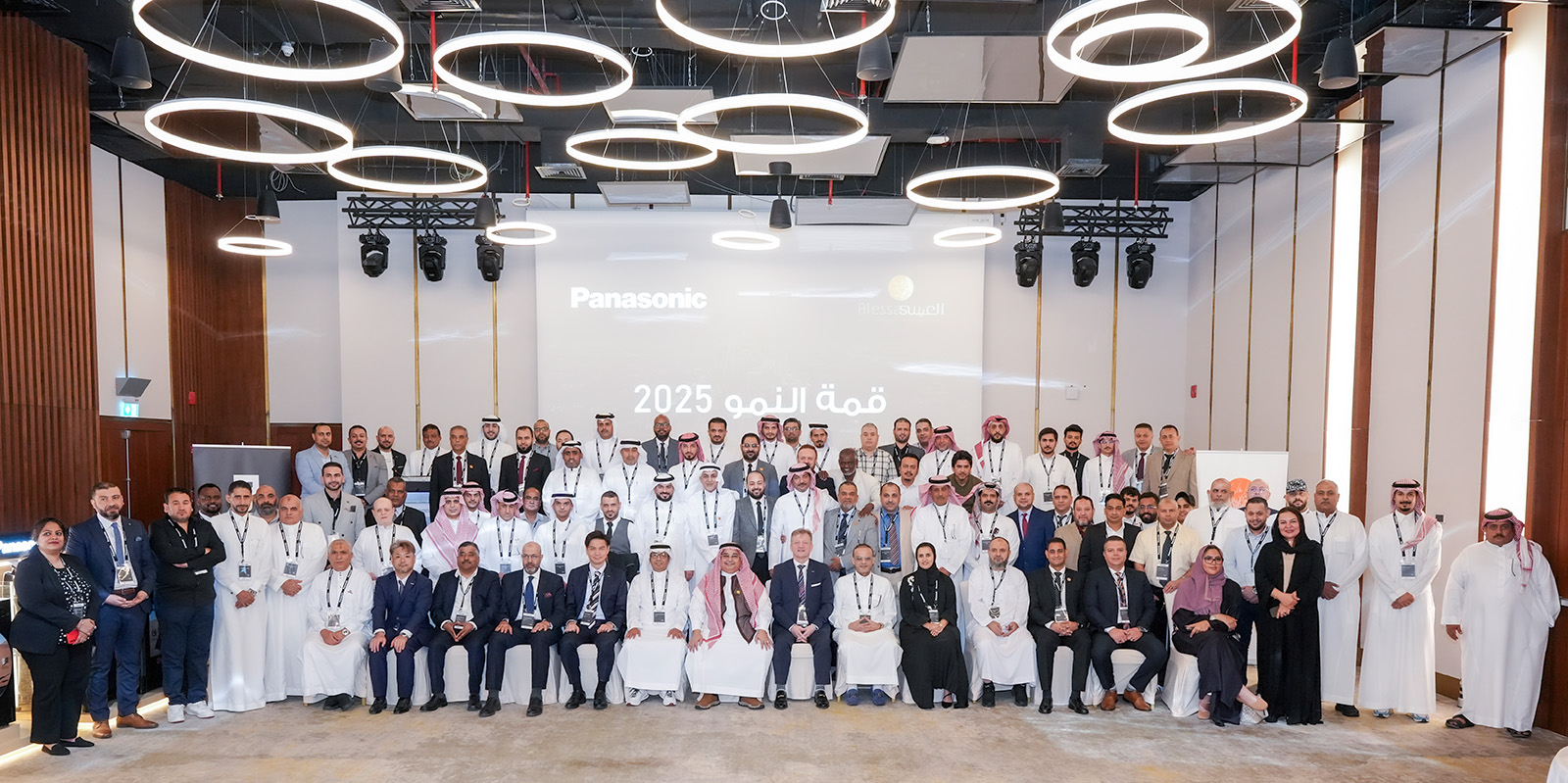Lysefjord, Norway - On July 8, 2017, 11:00pm(*), Mr. EVOLTA NEO, a robot powered by 2 Panasonic dry cell AA batteries, EVOLTA NEO, completed the 1,000m vertical climb to the top of the fjord.
(*All times referenced in this article are local times.)
During this challenge, Mr. EVOLTA NEO attempted to complete the 1,000m vertical climb up a precipitous fjord solely powered by 2 dry cell batteries. Eight years ago, the former robot took on a similar challenge and successfully completed the 530m climb up the Grand Canyon. But this time, it attempted to climb nearly double the distance. Since unveiling the EVOLTA NEO in April 2017, all eyes both inside and outside the company were on the challenge.
The first attempt began at around 5:00am on July 7, 2017, in temperatures below 10 degrees Celsius. The robot continued to climb more than 11 hours, but due to heavy rain and high winds, Mr. EVOLTA NEO stopped dozens of meters below the finish line. So, the challenge began once again the following day.
At 11:35am on July 8, Mr. EVOLTA NEO, now better prepared for wind and rain, made a fresh start for the finish line. He made a good start up the rope hung off the steep 1,000m cliff. Blessed with better weather than the first day, the robot managed to continue to climb for 11 hours and 30 minutes. Enduring light rain and winds, at around 11:00pm on July 8, Mr. EVOLTA NEO reached the goal and completed the 1,000m vertical climb up the fjord.
The challenge was live streamed on niconico LiVE, Facebook, and Twitter, and was viewed by over 260,000 people. Mr. Tomotaka Takahashi, who has been involved in the design and production of Mr. EVOLTA for many years and who took part in the challenge as a member of the team stated, "I want to share my joy with everyone. It took longer than we had estimated, but I was deeply moved when the robot reached the goal under such harsh conditions. We took on a huge challenge in a short amount of time. This is the product of the team's hard work. It made me realize anew the potential of robots and batteries."
Overview of the challenge
- Duration: 11 hours, 26 minutes, 9 seconds
- Average speed: Approx. 1.86m/minute
- Height: Approx. 1,005m
- Length of rope: Approx. 1,280m
About the robot, Mr. EVOLTA NEO
- Height: 17cm
- Weight: 169g with batteries, 120g without batteries
- Width: Head - 4cm, Body - 3.5cm, Both feet together - 6cm
- Powered by: 2 AA EVOLTA NEO batteries
- Materials: Plastic, titanium, Carbon
About EVOLTA NEO, dry cell battery
Panasonic Corporation introduced to the Japanese market new dry cell batteries, "EVOLTA NEO," the "No.1 long-lasting battery in Panasonic history(*1)." In 2008 we released the long-lasting, high performance dry cell batteries, "EVOLTA," with a 10-year shelf-life, and by the end of December 2016, Panasonic had sold more than 2.2 billion batteries in 80 countries across the globe.
Panasonic honed its proprietary technology acquired through "EVOLTA" dry cell batteries released in 2008 and made technological leaps and bounds with respect to 3 key elements that significantly affect battery performance - materials, manufacturing method, and structure - and thereby brought to life the No.1 long-lasting battery in Panasonic history*1 in all current regions. Moreover, Panasonic improved the energy retained after the recommended 10-year shelf-life by approximately 20%(*3). Panasonic also used as a silver compound as the positive electrode material and thereby decreased the gas released as a result of over discharge, which leads to battery leakage, by approximately 30%(*4).
Features
- No.1 long-lasting(*1) battery in Panasonic history. Lasts approximately 10% longer(*2).
- Energy retained after the 10-year shelf-life increased by approximately 20%(*3).
- Newly developed "battery leakage preventing manufacturing process Ag+" reduces gas released from over discharge by approximately 30%(*4).
[Notes]
*1. As of January 30, 2017. Based on the average values for Panasonic alkaline dry cell batteries in full discharge mode tested under IEC standards. (Introduced to the market on April 26, 2017.)
*2. Compared to EVOLTA dry cell AA batteries (LR6EJ). Based on the average values in full discharge mode tested under IEC standards. Discharge of 250mA for 1 hour a day. Final voltage of 0.9V, etc. (Temperature: 20℃±2℃; relative humidity: 55%±20%).
*3. Compared to EVOLTA dry cell AA batteries (LR6EJ). Comparing the energy retained after being stored for a period equivalent to 10 years. Testing criteria: After being stored under specific conditions (accelerated testing), discharge was tested using IEC digital camera mode.
*4. Over discharged under load resistance of 3.9Ω after being stored (accelerated testing).
- Disclaimer:
- We would like to note that Panasonic Newsroom is not a place to address personal Customer Service issues. Even though this is not the forum, Panasonic is always eager to resolve your concerns. Our local customer services contacts can be found at Global Support or you can see our list of Social Media Accounts to find the right channel for your queries and concerns.
Related Links
Related News
- Panasonic to Live Stream EVOLTA Robot's Challenge on 1,000m Fjord Vertical Climb (Jul 03, 2017)
- Robot Powered by EVOLTA NEO Dry Cell Batteries to Take on 1,000m Fjord Vertical Climb Challenge (Apr 18, 2017)
- Panasonic's EVOLTA Completes the "World's Longest Distance Railway Track Run" Challenge (Nov 05, 2015)
- Panasonic's EVOLTA AA Alkaline Battery Receives GUINNESS WORLD RECORDS 60th Anniversary Certificate (Mar 09, 2015)

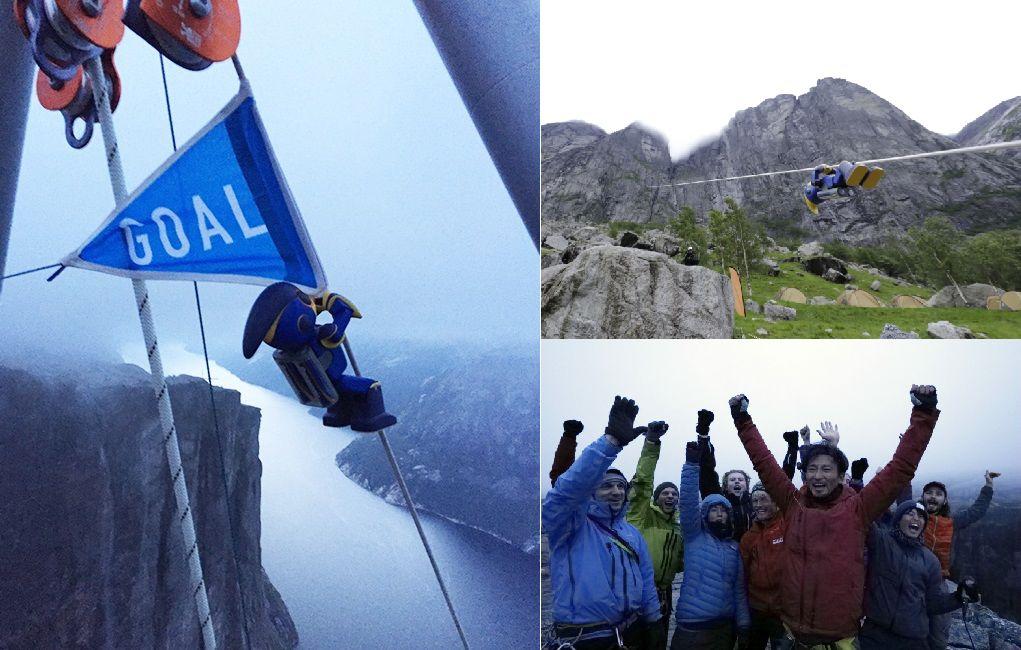


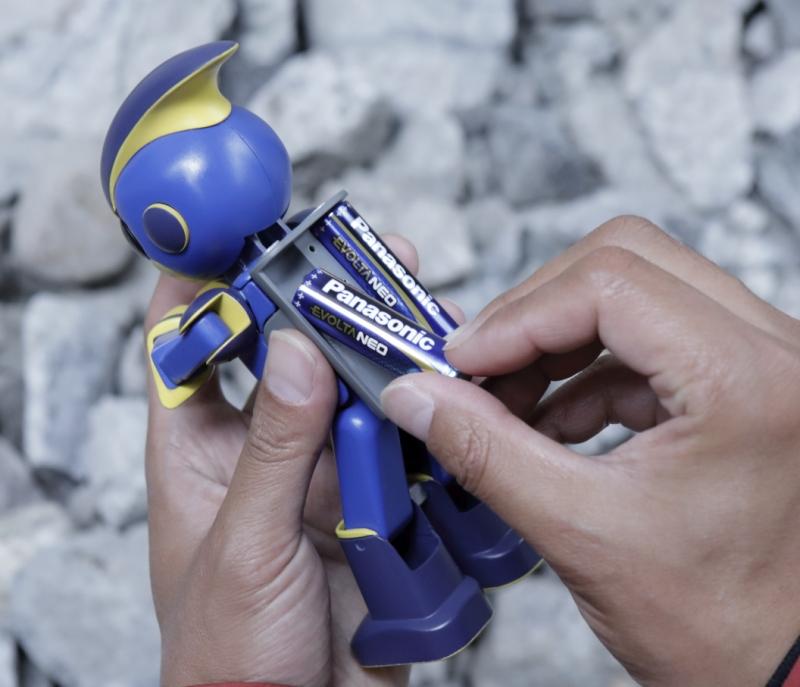

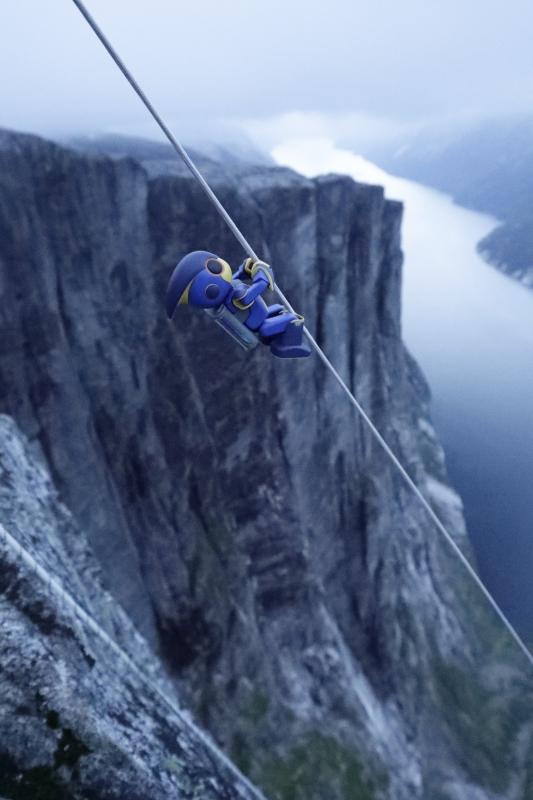


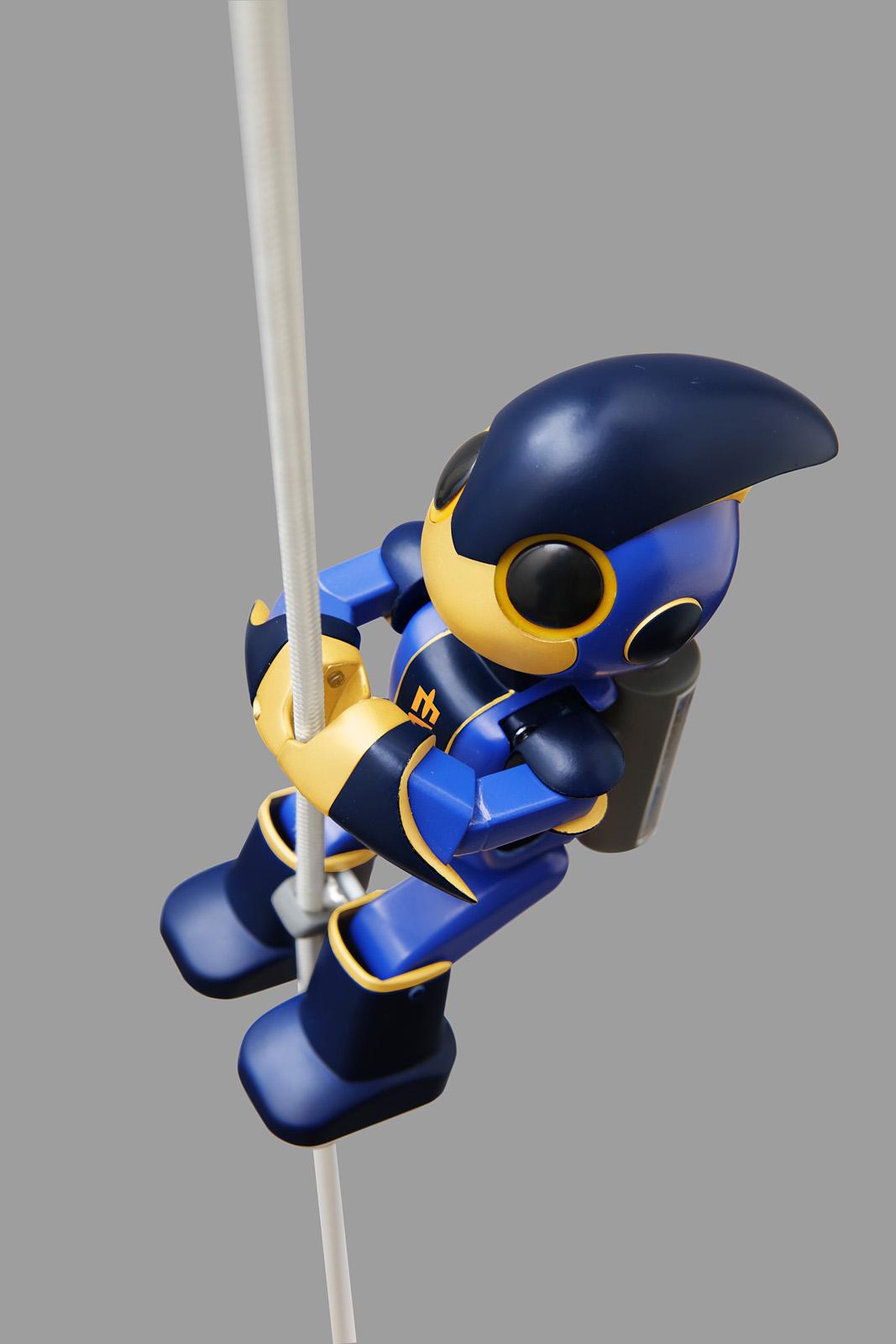
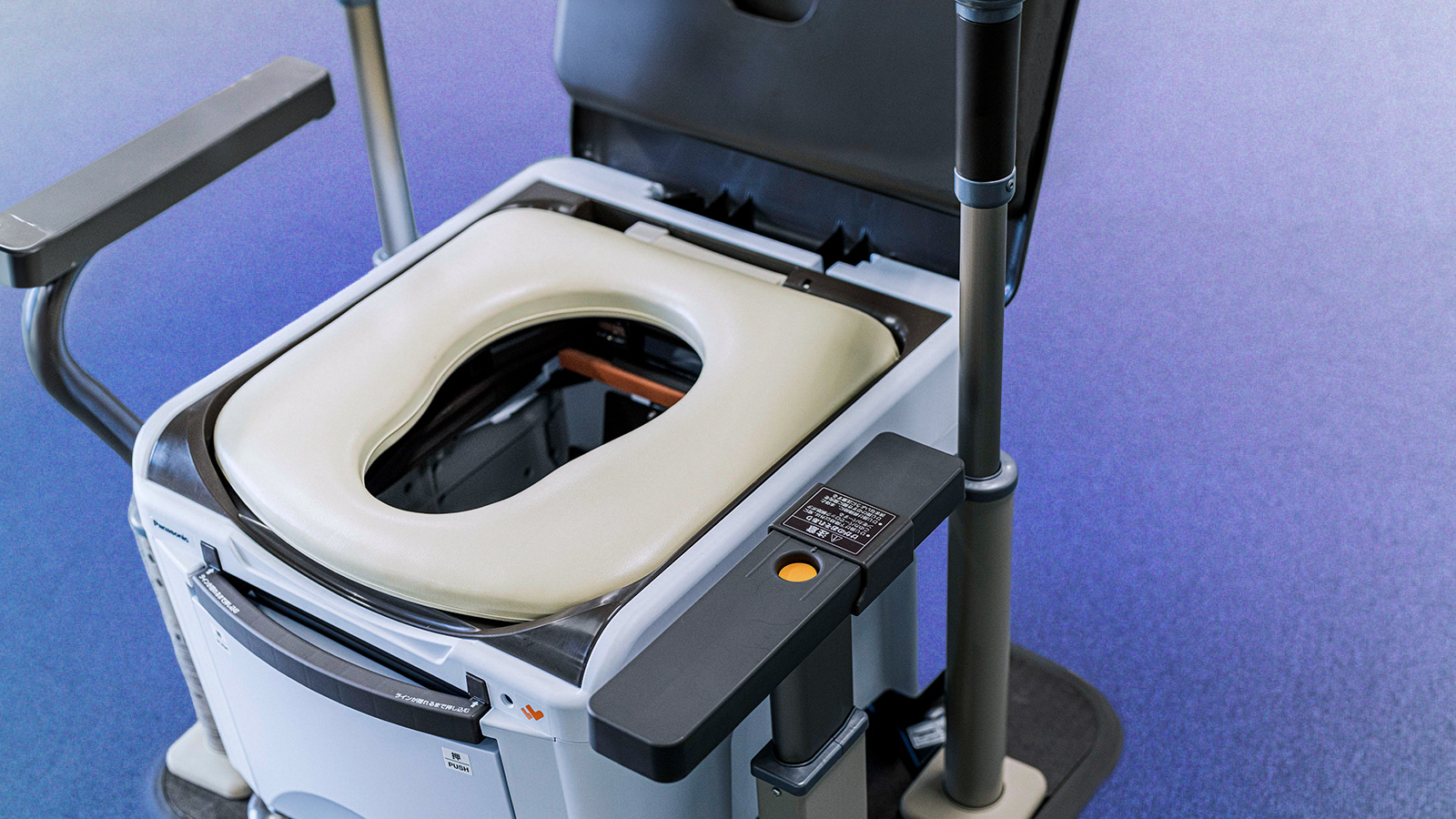
![[Video] Panasonic HX in Action: Demonstrating Hydrogen Solutions in Europe](http://news.panasonic.com/uploads/tmg_block_page/cover_image/18213/hx-video-main.jpg)






